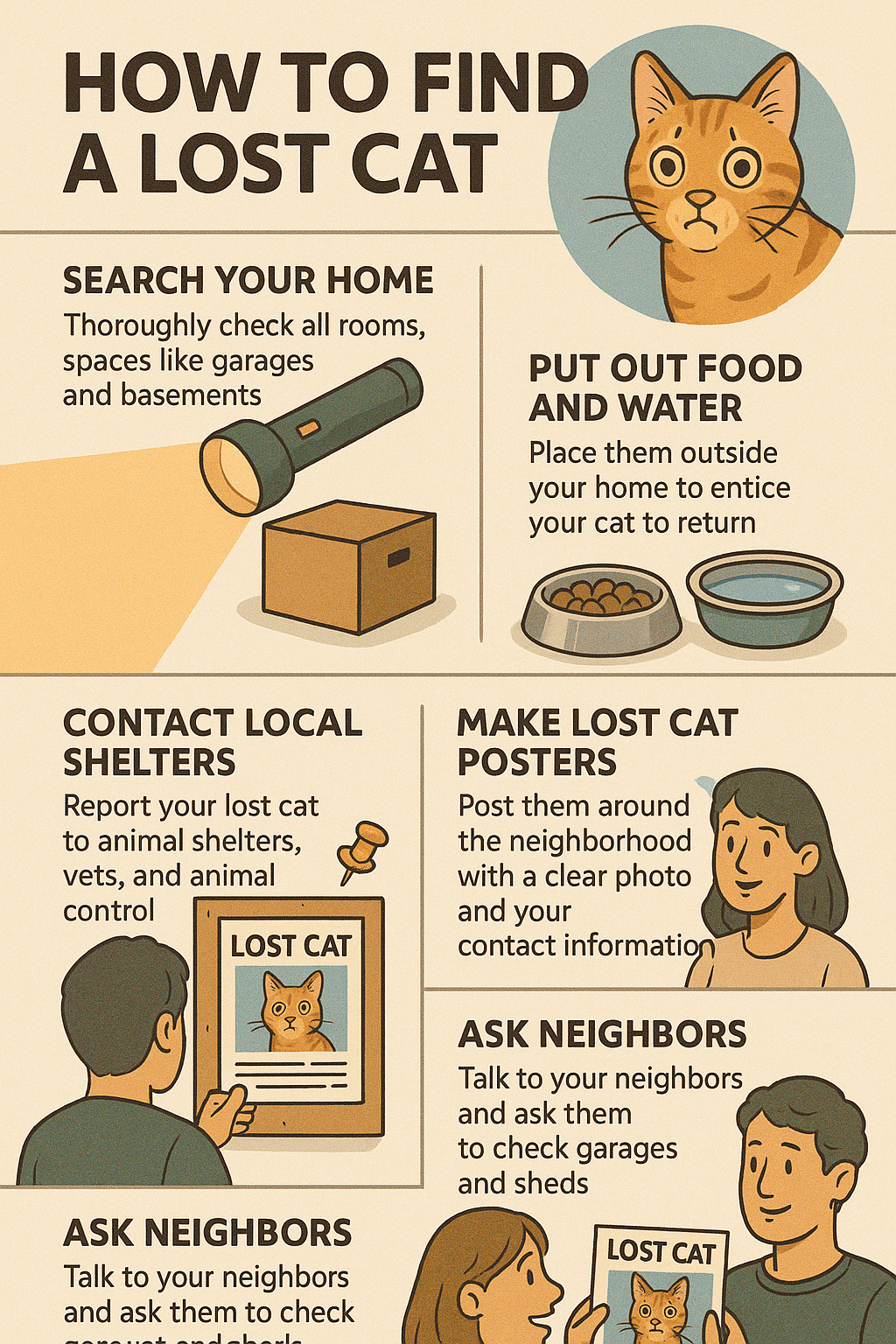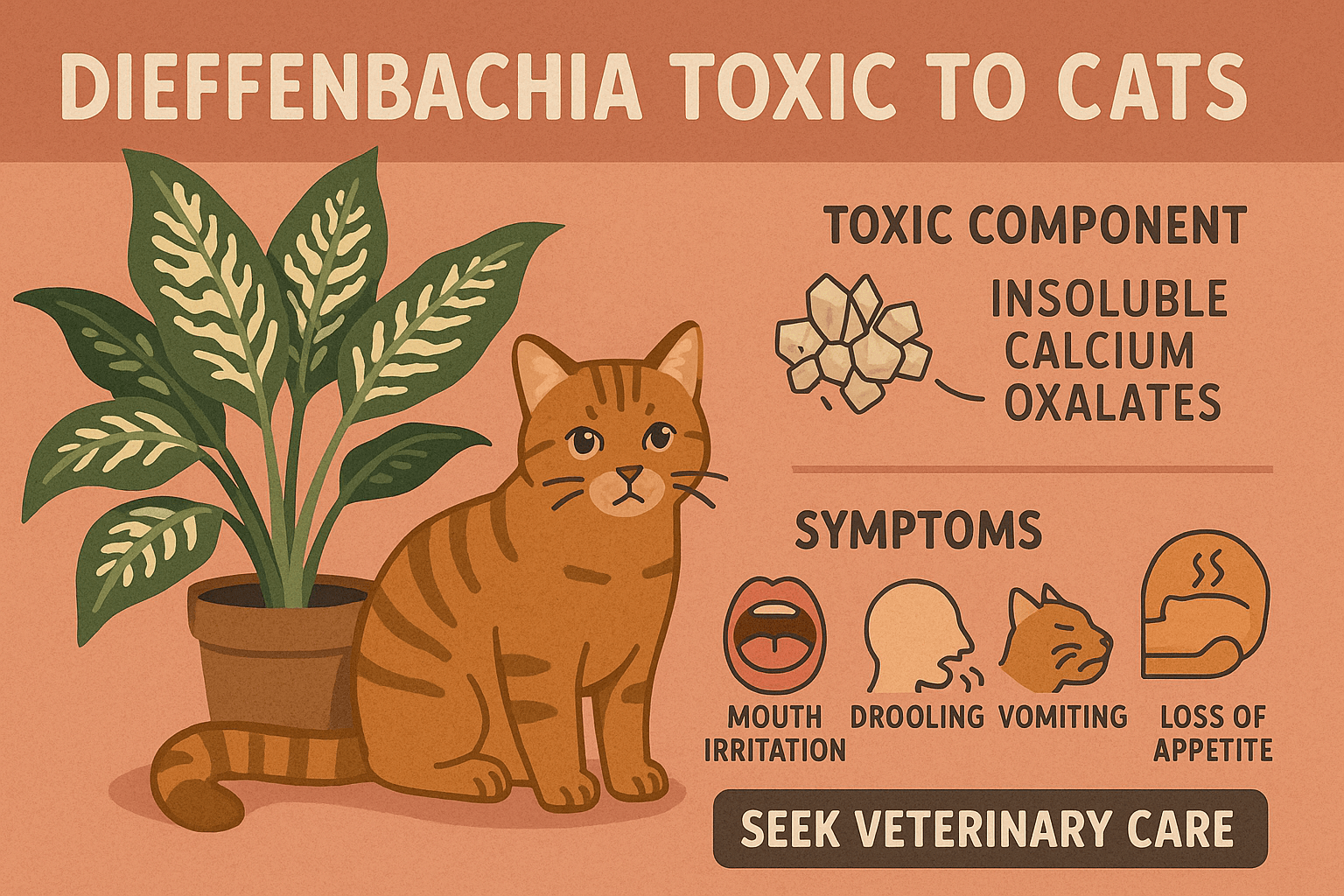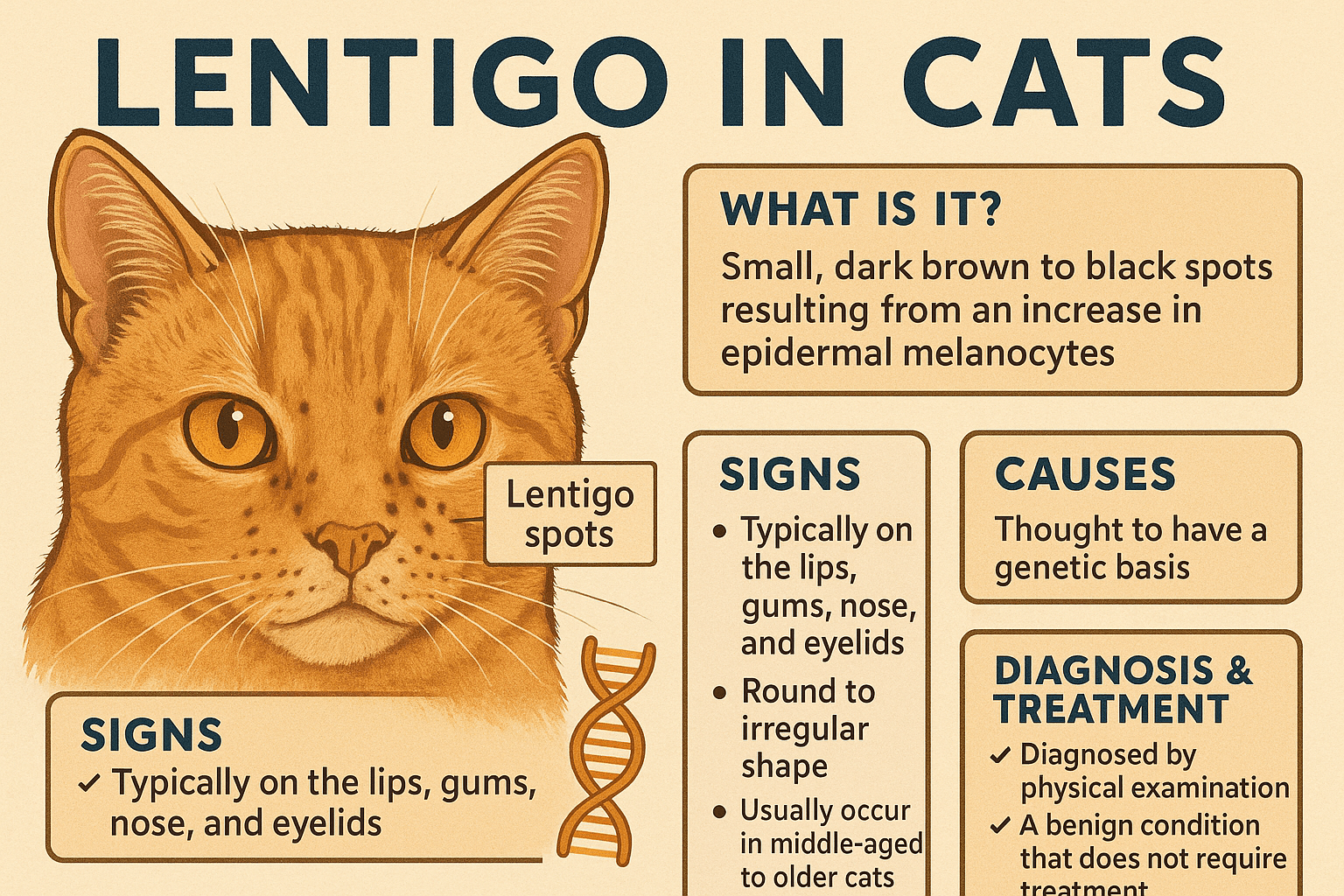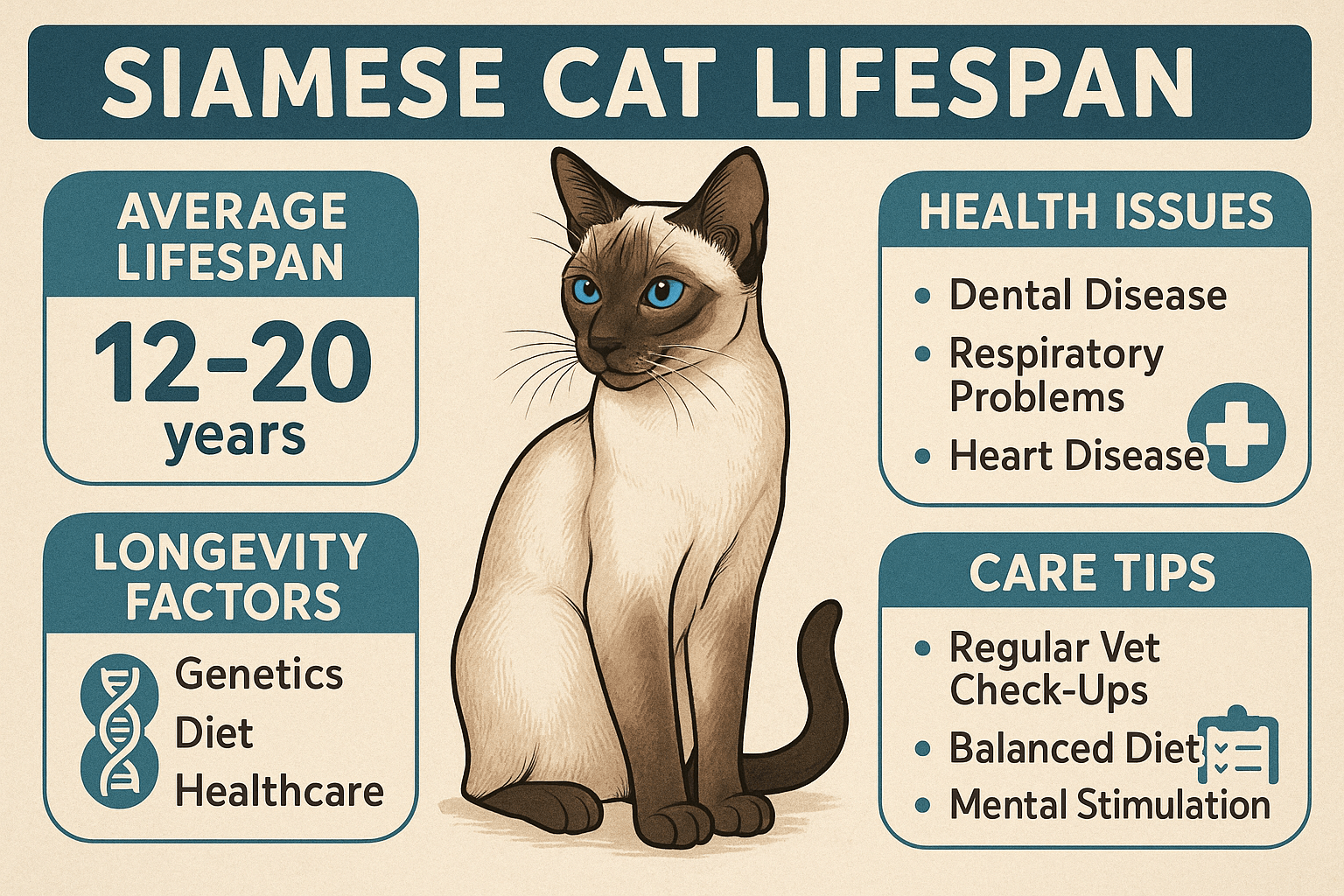Can Cats Eat in the Dark?
Cats are fascinating creatures with unique behaviors and abilities, especially when it comes to their eating habits. One common question cat owners often ask is whether cats can eat in the dark. While cats are known for their exceptional night vision, does this mean they are comfortable or even capable of finding and consuming their food without light? Understanding how your feline friend navigates their environment—and their feeding routine—can help you create a more harmonious living space for them. In this blog post, we’ll explore the science behind cats’ nighttime abilities, the pros and cons of feeding them in low-light conditions, and tips to ensure their dining experience is safe and stress-free.
How Cats Navigate Eating in Low-Light Conditions
Cats are natural hunters with impressive adaptations that allow them to thrive in dim environments. Here’s how their biology supports their ability to eat in the dark—or nearly so.
Superior Night Vision:
Cats have up to six times more rod cells in their eyes than humans, enabling them to see in light levels six times lower than what we can detect.Whisker Sensitivity:
Their whiskers act as tactile sensors, helping them locate food bowls and navigate tight spaces even in complete darkness.Heightened Sense of Smell:
A cat’s sense of smell is far stronger than ours, allowing them to identify food by scent alone when visibility is limited.Keen Hearing:
Cats can pinpoint the exact location of sounds, such as the rustling of kibble, which helps them find their food in the dark.Memory and Routine:
Cats rely on spatial memory and routines, often knowing exactly where their food bowl is placed regardless of lighting conditions.
These remarkable abilities make it possible for cats to eat in low-light or dark environments, but there are still factors to consider to ensure their comfort and safety.
Benefits of Allowing Cats to Eat in Dim Lighting
Feeding your cat in dim or dark conditions might seem unusual, but it can actually align with their natural instincts. Here are some potential benefits of letting your cat dine in low light.
Aligns with Nocturnal Behavior:
Cats are crepuscular, meaning they’re most active during dawn and dusk. Feeding them in dim lighting mimics their natural hunting schedule.Reduces Stress:
Bright lights can sometimes overwhelm cats, especially if they’re already feeling anxious. Dim lighting creates a calming atmosphere.Encourages Natural Foraging:
In the wild, cats hunt under cover of darkness. Eating in dim light can stimulate their instinctual behaviors and provide mental enrichment.Supports Sensitive Eyes:
Some cats, particularly older ones, may have sensitive eyes that benefit from reduced exposure to bright artificial lighting.Promotes Independence:
Allowing cats to eat in low light reinforces their self-reliance and trust in navigating their environment.
While these benefits exist, it’s important to balance them with practical considerations to ensure your cat’s well-being.
Check this guide 👉Can Cats Eat Sesame Oil? Best 7 Expert Tips!
Check this guide 👉Can Cats Eat Pastrami? Best 7 Expert Tips!
Check this guide 👉Can Cats Eat Maggots? Best 7 Expert Tips!
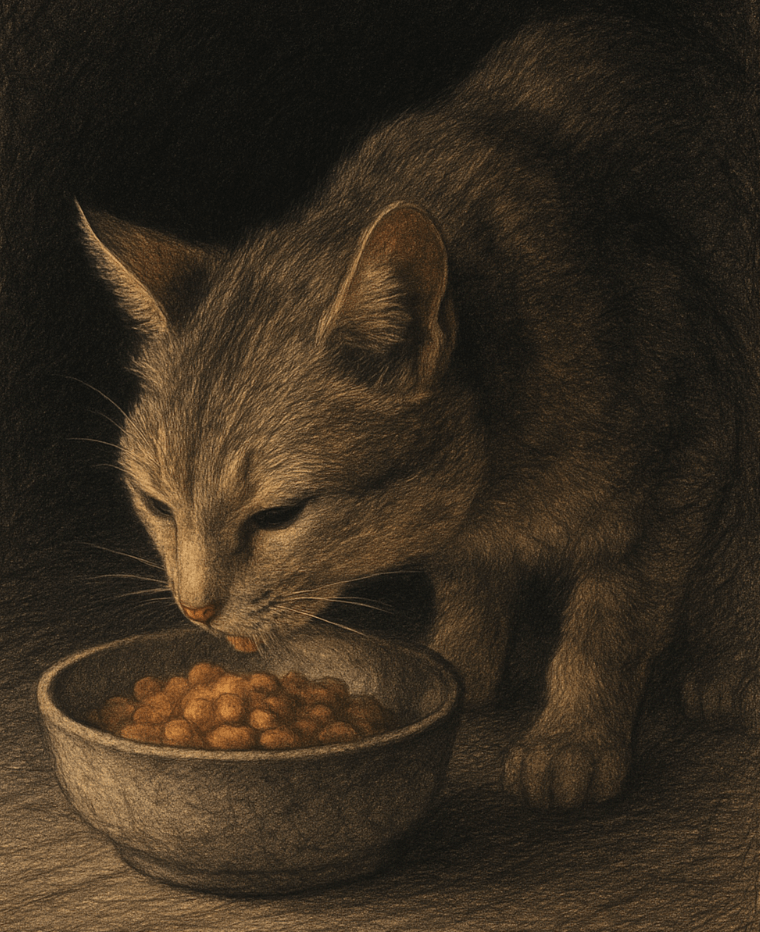
Advantages of Cats Eating in the Dark | Potential Challenges to Consider |
|---|---|
Mimics natural nocturnal behavior | Risk of tripping hazards near food area |
Reduces stress from bright lights | Difficulty monitoring eating habits |
Stimulates instinctual foraging behaviors | Older cats may struggle with mobility |
Supports sensitive eyesight | Food spills may go unnoticed |
Encourages independence | Potential overeating if not supervised |
Tips for Feeding Your Cat in Low-Light Conditions
If you decide to let your cat eat in dim or dark environments, follow these tips to ensure their safety and comfort.
Choose a Consistent Location:
Place the food bowl in a stable, predictable spot so your cat knows exactly where to find it, even in the dark.Minimize Obstacles Nearby:
Keep the feeding area free of clutter or objects that could pose tripping hazards for both you and your cat.Use Reflective Bowls:
Opt for bowls with reflective surfaces or patterns to make them easier for your cat to locate in low light.Monitor Eating Habits:
Occasionally check on your cat during mealtime to ensure they’re eating properly and not experiencing any issues.Provide Soft Lighting Options:
If complete darkness feels too risky, use a small nightlight or dim lamp to create a cozy ambiance without overwhelming brightness.
By following these guidelines, you can create a safe and enjoyable feeding experience for your cat in low-light settings.
Signs Your Cat May Struggle with Eating in the Dark
Not all cats will feel comfortable eating in the dark, especially if they have certain health or behavioral challenges. Watch for these signs that indicate your cat may need adjustments.
Hesitation to Approach the Bowl:
If your cat seems reluctant to approach their food in the dark, they may be struggling to locate it or feel unsafe.Increased Vocalization:
Meowing or crying during mealtime could signal confusion or discomfort in low-light conditions.Skipping Meals:
A sudden refusal to eat might indicate your cat is having trouble finding or accessing their food.Knocking Over the Bowl:
Accidentally tipping over the bowl suggests difficulty navigating or frustration with the setup.Changes in Behavior:
Signs of anxiety, such as pacing or hiding, may point to discomfort with eating in the dark.
Recognizing these signs allows you to adapt your approach and ensure your cat feels secure while eating.
Common Misconceptions About Cats Eating in the Dark
There are several myths surrounding cats’ ability to eat in the dark. Clarifying these misconceptions helps set realistic expectations for pet owners.
Cats Can See Perfectly in Complete Darkness:
While cats have superior night vision, they still require some level of ambient light to see effectively.Eating in the Dark Is Always Stressful:
Many cats feel perfectly at ease eating in dim lighting, as it aligns with their natural instincts.All Cats Prefer Eating in the Dark:
Preferences vary; some cats may prefer brighter environments, especially if they’re older or visually impaired.Food Spills Won’t Happen in the Dark:
Even in low light, spills can occur, so regular cleanup is still necessary.Cats Don’t Need Supervision When Eating:
While independent, cats may still benefit from occasional monitoring to ensure they’re eating properly.
Understanding these facts ensures a better grasp of your cat’s needs and preferences.
Health Considerations for Cats Eating in Low Light
Feeding your cat in dim or dark conditions requires attention to their overall health and well-being. Here are some factors to keep in mind.
Dental Health:
Poor visibility might make it harder to notice dental issues like broken teeth or gum disease affecting their eating habits.Obesity Risks:
Without proper portion control, cats may overeat if food is left out indefinitely in low-light settings.Age-Related Challenges:
Senior cats may experience mobility or vision issues that complicate eating in the dark.Hydration Needs:
Ensure fresh water is easily accessible, as dehydration can worsen in poorly lit environments.Food Freshness:
Wet food left out too long in the dark can spoil, posing health risks if consumed later.
Proactive care ensures your cat stays healthy and happy, regardless of lighting conditions.
Fun Ways to Enhance Your Cat’s Feeding Experience
Feeding time doesn’t have to be mundane—even in low light! These creative ideas can make meals more engaging for your feline friend.
Puzzle Feeders:
Interactive toys encourage mental stimulation and mimic the thrill of hunting, even in the dark.Timed Feeders with Lights:
Automatic feeders with built-in lights dispense food at scheduled intervals, adding convenience and visibility.Scent Trails:
Sprinkle a bit of catnip or treats along a path leading to the food bowl to spark curiosity and fun.Nightlights Near Bowls:
Small, motion-activated nightlights add just enough illumination to guide your cat to their food.Rotating Feeding Spots:
Occasionally change the location of the food bowl to stimulate their problem-solving skills and instincts.
Incorporating these ideas keeps feeding time exciting and enriching for your cat.
Frequently Asked Questions About Cats Eating in the Dark
Is it safe for my cat to eat in the dark?
Yes, most cats can eat safely in the dark thanks to their excellent night vision and sensory skills, but supervision is key.
Should I leave food out overnight?
Leaving dry food out is fine, but wet food should be refrigerated after a few hours to prevent spoilage.
What if my cat is elderly or visually impaired?
Older cats or those with vision problems may need softer lighting or assistance to locate their food comfortably.
Can eating in the dark cause digestive issues?
No, eating in the dark itself doesn’t affect digestion, but irregular feeding times or stress might.
How can I make feeding in the dark safer?
Use consistent placement, minimize obstacles, and consider soft lighting or reflective bowls to enhance safety.
Creating a Comfortable Feeding Environment for Your Cat
While cats are perfectly capable of eating in the dark thanks to their incredible senses, it’s essential to tailor their feeding environment to their individual needs. Whether you choose to feed them in dim lighting or prefer a softly lit space, the key is to prioritize their comfort, safety, and overall well-being. By understanding their natural instincts and observing their behavior, you can ensure mealtimes remain a positive and stress-free experience. After all, a happy cat means a happy home!
How to Find a Lost Cat: Best 7 Expert Tips! Discover actionable strategies to locate your missing cat, understand their behavior, and prevent future escapes with expert advice.
Is Dieffenbachia Toxic to Cats? Best 7 Expert Tips! Discover the dangers of Dieffenbachia, symptoms of poisoning, and how to keep your cat safe with expert advice and preventive measures.
Lentigo in Cats: Best 7 Expert Tips! Discover expert advice on understanding, identifying, and managing lentigo in cats to ensure your feline's health and happiness.
Siamese Cat Lifespan: Best 7 Expert Tips! Discover how to maximize your Siamese cat’s longevity with expert advice on health, care, and lifestyle for a happy, thriving feline companion.

